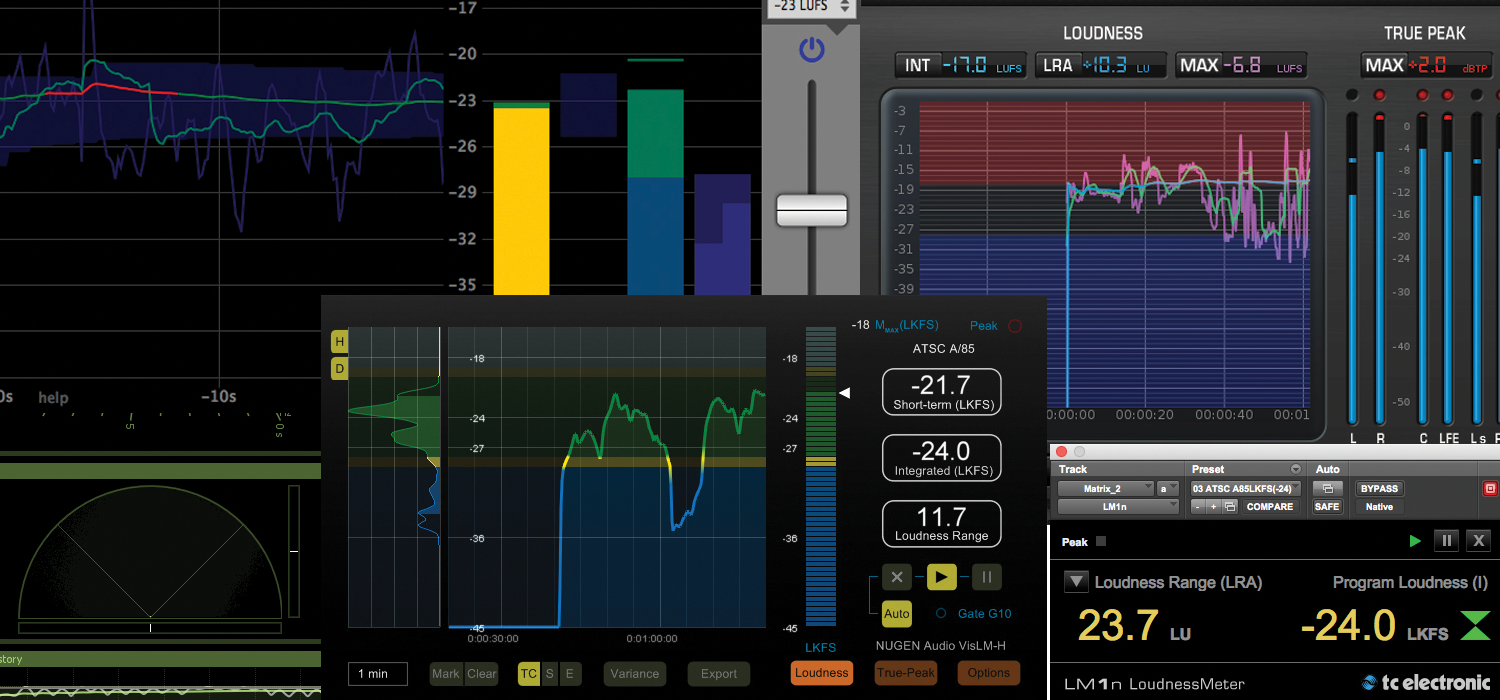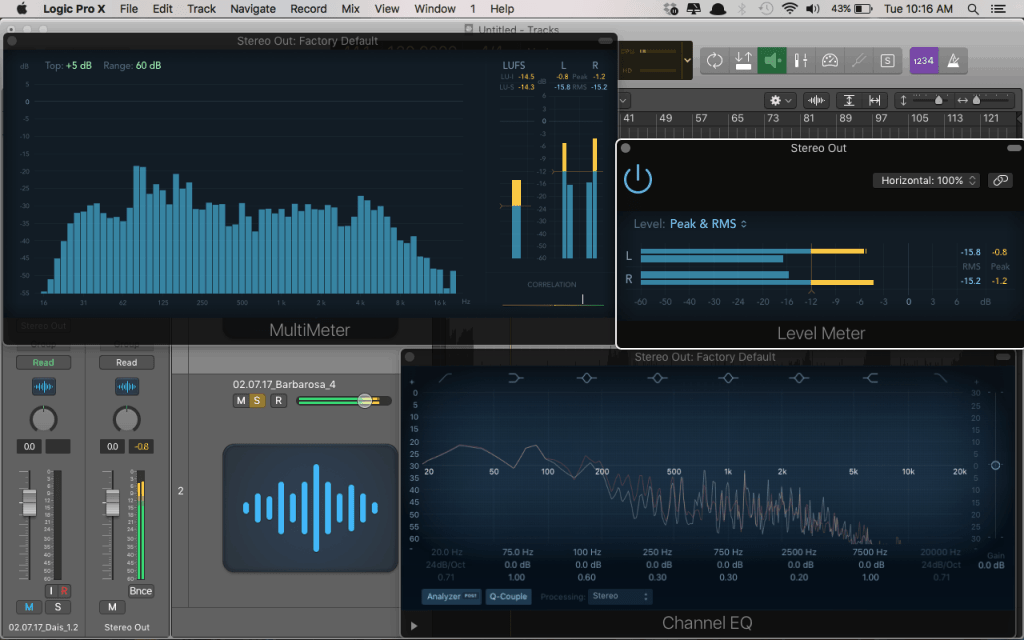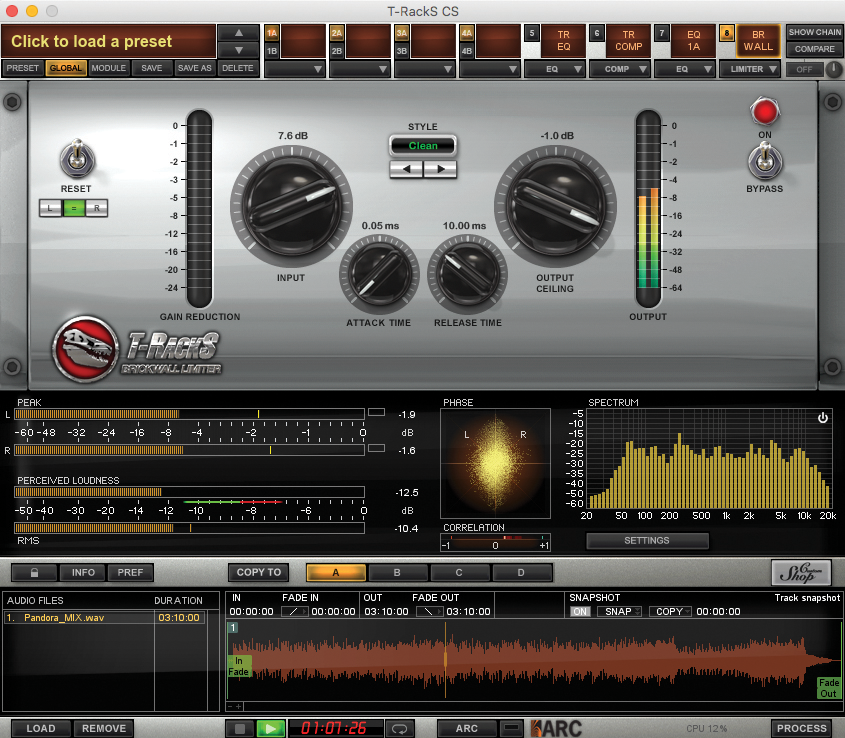Mastering For Vinyl Rms

Since the resurgence of vinyl in the mid 2000s vinyl sales have shown no signs of slowing down but with its return comes a new set of challenges for the aging medium new genres with increasingly complex production styles the major paradigm shift from analog to digital production and evolving audio mastering standards just to name a few.
Mastering for vinyl rms. Stereo fields frequencies levels 6. The sequencing difference is that delivery from mastering for digital is either individual wav files for download or a single ddpi file for cd replication whereas for vinyl the delivery is generally two wav files one for each side of the record. Bit rate headroom e compression 3. In this article we are going to explain these two basics of mastering.
It consists of a mono stereo image up to 150hz a tamed high end and if needed a track listing that is consistent with the frequency limitations of record cutting. First of all the quality sound of your vinyl depends on the mastering so please follow these rules as explained below. When mastering a track it s crucial to understand the difference between rms and peak levels. Stimated side lengths volume level 7.
Mastering for vinyl is the process of creating a separate master that can be cut into a vinyl record without added unwanted distortion. Today i m going to show you what they are and how we can use them. Since the resurgence of vinyl in the mid 2000s vinyl sales have shown no signs of slowing down but with its return comes a new set of challenges for the aging medium new genres with increasingly complex production styles the major paradigm shift from analog to digital production and evolving audio mastering. The optimal level for a vinyl cut depends on the rms or vu level and on the running time and speed 33 or 45 rpm whereas on a cd the only absolute technical restriction is the peak level.
Due to the physical nature of the cutting and playback process there are a number of considerations and limitations that must be addressed in mastering. Sampling rate frequency range 4. And the great british recording studios which includes a foreword. In summation i d say there are several things you need to check for vinyl mastering and there is a subtle optional layer of tweaking that.
When submitting your music for vinyl production it is very important that it has been mastered for the vinyl medium. When mastering a track it is crucial to understand the difference between rms and peak levels.















































